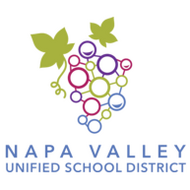Does the type of cell matter when it comes to Biotechnologys cell culture development?
(View Complete Item Description)Biotechnology is one of the largest and fasted growing science-based industries in North Carolina. In this lesson students will have an opportunity to research some different Biotech companies in North Carolina. Secondly, students will grow live yeast cultures to model the cell culture development essential to the success of biotech companies. Students will manipulate different limiting factors such as temperature and the amount of media to measure the impact on cell growth/viability. The third part of this lesson will have students graphing, performing data analysis, and comparative analysis to modeled-data from Biogen Idecs cell culture development.
Material Type: Lesson Plan












